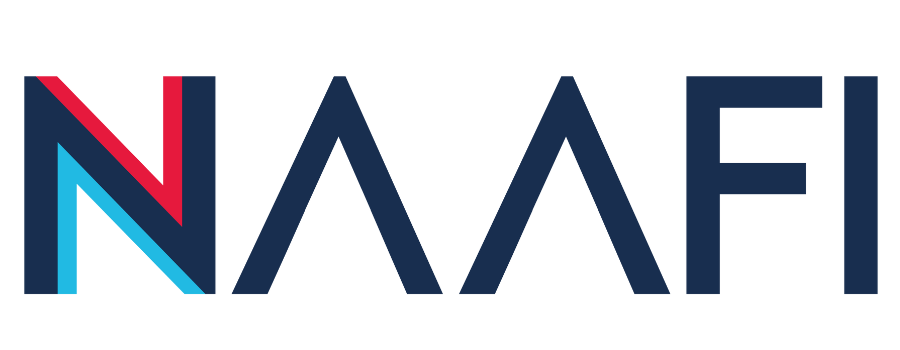AI-Driven Employee Well-Being: How Artificial Intelligence is Shaping Workplace Wellness Programs
Understanding AI-Driven Employee Well-Being
As workplace wellness programs continue to gain traction across industries, artificial intelligence (AI) is playing an increasingly prominent role in shaping these initiatives. With the ability to process vast amounts of data and identify patterns, AI is being used to drive employee well-being by analyzing everything from biometric data to employee sentiment. The ultimate goal is to use these insights to optimize workplace wellness programs and improve overall employee health.
AI-driven employee well-being programs can take many forms, including personalized coaching, stress management tools, and even fitness tracking. By monitoring data points such as employee sleep patterns and stress levels, AI can provide insights into the underlying factors contributing to employee burnout and offer targeted solutions. For example, an AI-powered wellness program could suggest stress-reducing techniques such as mindfulness or encourage employees to take regular breaks throughout the workday.
Additionally, AI can help identify potential health risks before they become a major issue. By analyzing employee data, AI can flag potential health concerns and alert employees to take preventative measures, such as scheduling a check-up with their doctor or adjusting their diet and exercise routine. This proactive approach to employee health can help prevent costly healthcare expenses down the line and lead to a healthier, more productive workforce.
Advantages of AI-Driven Employee Well-Being Programs
Artificial Intelligence (AI) is changing the way employers approach employee well-being programs, providing significant advantages to both employees and employers. One of the main benefits of AI-driven employee well-being programs is the ability to personalize health and wellness offerings to individual employee needs. By analyzing employee data, such as their health history, lifestyle habits, and even social media activity, AI algorithms can tailor wellness recommendations to an individual's unique circumstances. This level of customization can increase the effectiveness of wellness programs and improve employee engagement and satisfaction.
Another advantage of AI-driven employee well-being programs is the ability to track and measure the impact of wellness initiatives. AI algorithms can collect and analyze data on employee participation, program outcomes, and the overall impact on employee health and well-being. This data can be used to identify areas for improvement, adjust programs to better meet employee needs, and demonstrate the return on investment for wellness initiatives. By using data-driven insights to optimize wellness programs, employers can maximize the benefits for both employees and the organization as a whole.
AI-driven employee well-being programs can also help to reduce costs associated with employee health issues. By identifying potential health risks early, such as through predictive modelling, AI algorithms can help employees take proactive steps to manage their health before more serious issues arise. This can help to reduce healthcare costs and absenteeism, as well as improve employee productivity and retention.
Best Practices for Implementing AI-Driven Employee Well-Being Programs
Implementing AI-driven employee well-being programs can be a game-changer for your organization. However, it's important to approach this implementation strategically and thoughtfully. Here are some best practices to consider:
Firstly, it's important to start with a clear and well-defined well-being program goal. Identify the specific outcomes you want to achieve with the program, such as reducing stress or increasing physical activity. This will help you determine which AI tools and technologies to use, and how to measure the success of your program.
Secondly, involve employees in the design and implementation process. Seek input from employees on what well-being challenges they face and what they would like to see in a well-being program. This can help ensure that the program is tailored to their specific needs and interests.
Thirdly, ensure that you have the right data and infrastructure in place to support your program. This includes having a secure and robust data storage system and data analytics tools to process and analyse large amounts of data in real-time. With the right data, you can gain insights into employee behaviour and preferences, and personalize your well-being program to meet their needs.
In conclusion, implementing AI-driven employee well-being programs can have numerous benefits for both employees and employers. By using AI-powered tools, companies can gain valuable insights into their employees' physical and mental health, and tailor wellness programs to meet their needs. Additionally, these programs can help reduce healthcare costs, improve employee retention rates, and increase productivity.
However, it's important to approach the implementation of these programs with care. Companies should prioritize employee privacy and ensure that any data collected is used in a responsible and ethical manner. It's also important to communicate the purpose and benefits of the program clearly to employees and encourage participation through incentives and rewards.
Overall, AI-driven employee well-being programs have the potential to revolutionize workplace wellness and contribute to a happier and healthier workforce. As technology continues to evolve, it's important for companies to stay informed and adapt their strategies accordingly in order to stay ahead of the curve.































